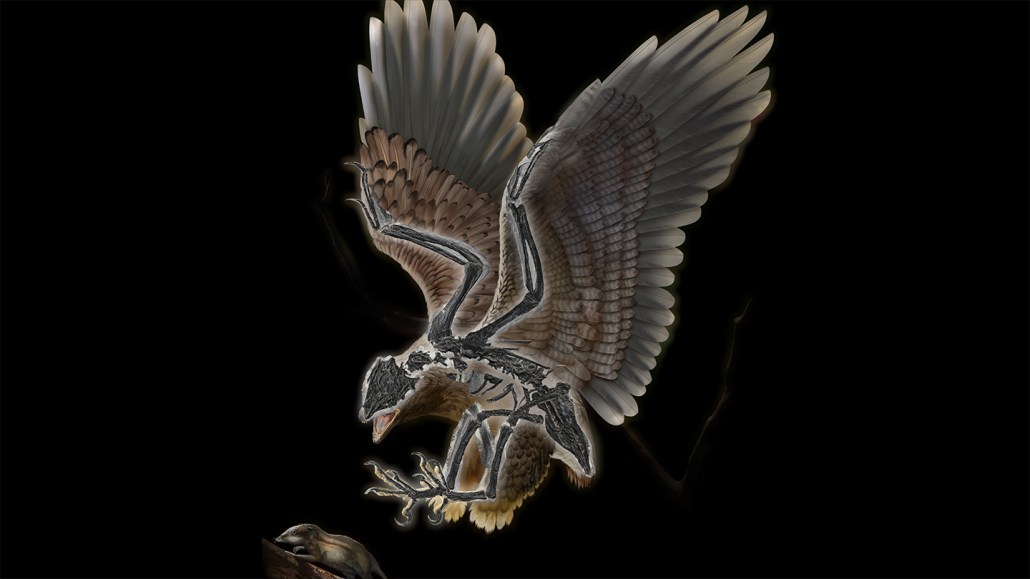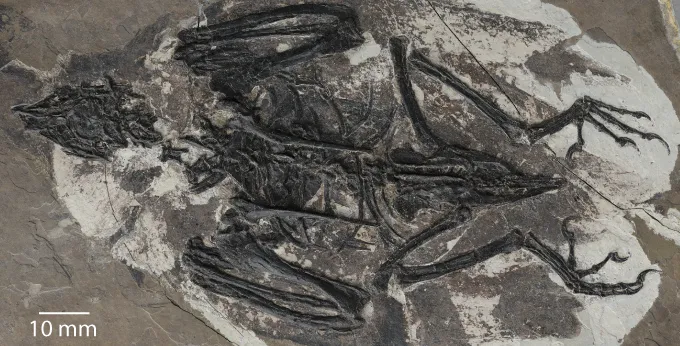A bird with a T. rex head may help reveal how dinosaurs became birds
Few fossils bridge the gap between dinosaur and bird. This one could help fill in some details

Cratonavis, a newly discovered bird from 120 million years ago, might have filled a similar niche as today’s raptors, though whether it could catch prey as large as illustrated here is up for debate.
Zhao Chuang








